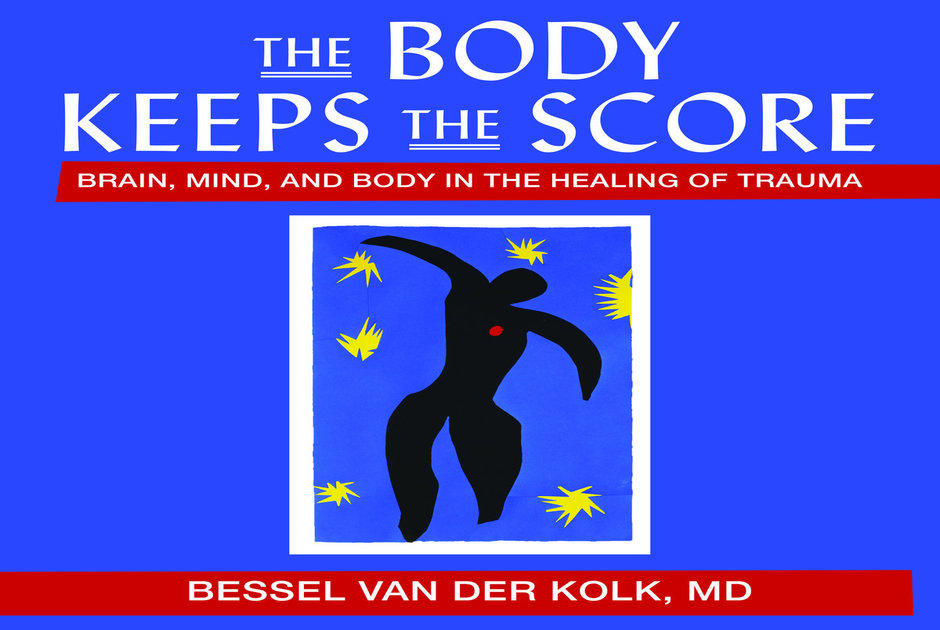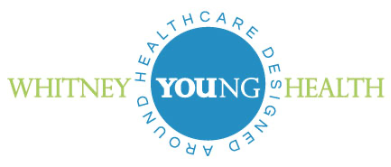
May is Mental Health Awareness Month. This week we have Elizabeth Seguinot, LMHC, a Behavioral Health Clinician at our Albany Health Center is defining trauma and steps you can take to heal.
—
In the book “The Body Keeps the Score: Brain, Mind, and Body in the Healing of Trauma,”by Bessel Van der Kolk, MD, trauma is outlined and shows the impact the body and brain as well as paths to recovery.
What is trauma you may be asking? Trauma can be an event, or it can be ongoing. It can happen to people when they are children, or when they are adults. Chronic emotional abuse and neglect can be just as devastating as physical abuse and sexual molestation. We all need to be seen and known, and not having anywhere to feel safe is devastating at any age especially for children.
Trauma can be immobilizing preventing us from being able to think, engage or “do”. Trauma also impacts the functioning of our brains and can cause arousal, sleep concerns, changes in breathing, and chemical imbalances in the presence of fear.
What changes in the brain because of trauma? It has been found that our speech is impacted in the presence of trauma, the left side of the brain does not function the way in would if a trauma was not present. Our bodies go “off line” and we can shut off feelings. When this happens our self-experience is gone and it can make it difficult to feel alive and present in the moment. We can also feel hyperactive making it difficult to assess our surrounding and figure out that to pay attention to and what to disregard. We can also begin to worry about what others think and lose the idea of self as what type of things make you feel good.
Based on Besesel van der Kolk, MD’s research it has been found that we have the capacity to heal each other that is equal to our capacity to destroy, language does give us the power to change, we can regulate our own physiology through breathing, moving, touching and we can change social conditions to help people feel safe and be able to thrive.
According to Van der Kolk’s directive the following steps are affective and healing trauma:
1. Finding a way to become calm
2. Learning to maintain that calm and focus when triggered with past thoughts, emotions, reminders, etc.
3. Finding a way to be fully alive, in the present, and engaged with others
4. Not having to keep secrets from self-including the ways the person has managed to survive.
5. Dealing with hyper-arousal through yoga practice markedly reduces trauma symptoms
6. Learning breathing techniques help to nourish our tissues and keep us relaxed and present.
7. Traumatized people are often afraid of feeling. (they drink/use drugs, have casual sex/fear intimacy, and avoid many social activities.) Learn to pay attention to physical sensations and then label them. “When I feel anxious, I feel a crushing sensation in my chest.”
8. Try to observe how particular thoughts are stored in the body. For example does “my mother says she loves me” feel like when someone physically hurt you?
9. Remind yourself that you are safe, stay grounded
10. Music and dancing can help to get in touch with our inner senses.
—
While these steps can certainly help someone heal from their trauma, we recommend this not replace seeking professional help to recover. Whitney Young Health has a dedicated staff of clinicians who are trained to help you heal and manage your behavioral health. For more information or to schedule an appointment with us, please call (518) 591-4982.
